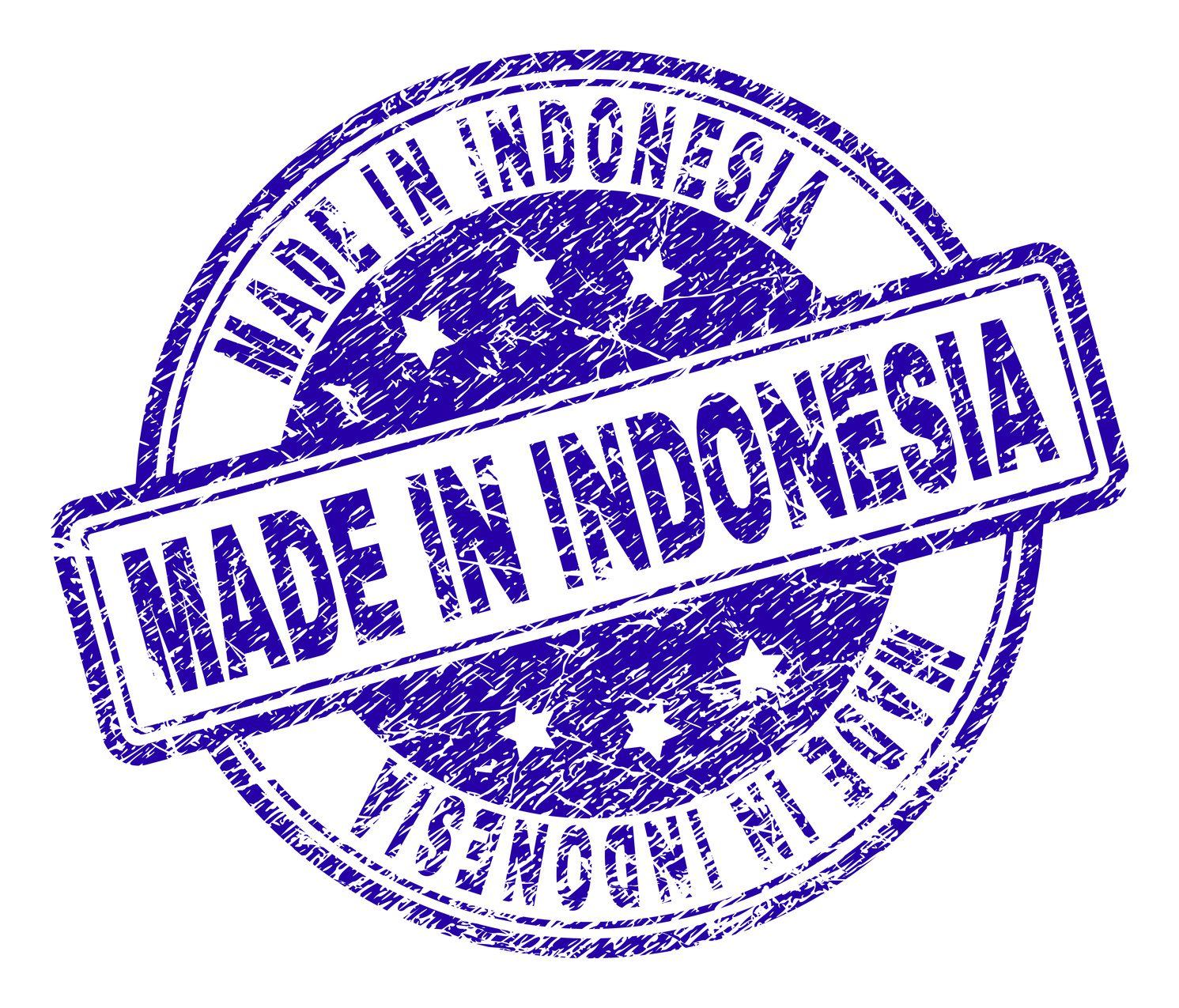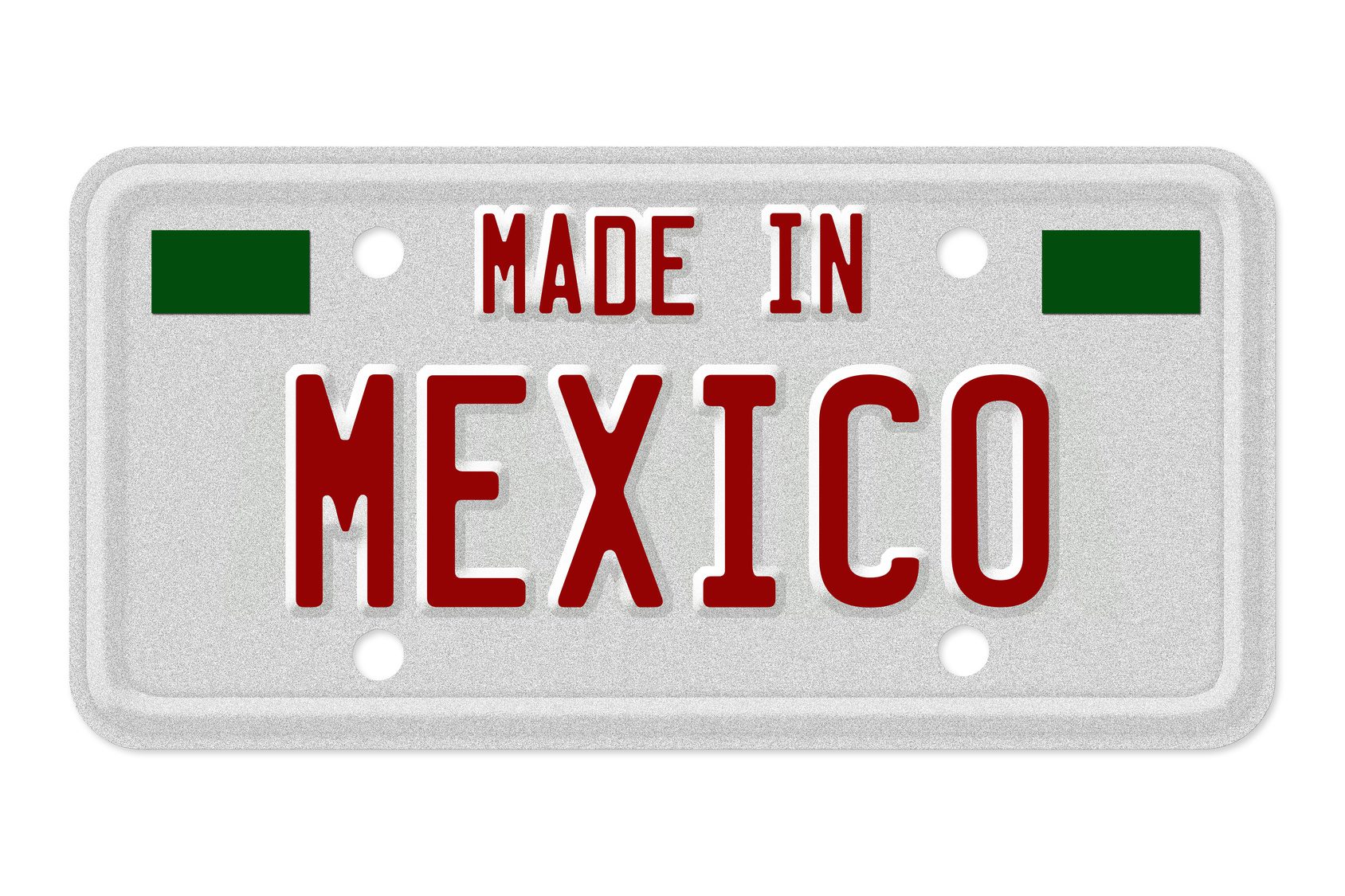Part II of our Automotive MIST series brings us to Asia – Indonesia, now the second largest South-east Asian automotive market.
Indonesia, South-east Asia’s biggest economy, is now set to become the region’s largest automotive market as well. While Indonesia sold more vehicles than Thailand for the first time in 2011, the land of white elephants made a strong recovery in 2012 and regained its status as the biggest automotive market in the region. This, however, wasn’t enough to take the sheen off the performance of Indonesia’s automotive market in 2012. The country crossed the 1 million mark (vehicles sold in a calendar year) for the first time, surpassing expectations and beating all forecasts. This is the third consecutive year of record sales and represents something of a gold rush for automotive OEMs.
Indonesia achieved GDP growth of 6.2% in 2012 only slightly lower than the 6.5% it clocked in 2011. Over the past decade, its GDP growth has averaged 5.7%, highlighting a positive domestic economic environment. Rising average income levels has created a burgeoning middle class (half of its population of 240 million). Low borrowing costs, rising purchasing power, cheap subsidized fuel, reduced inflation and currency stability have positively influenced the automotive sector. Huge construction projects and mining investment drove the demand for commercial vehicles.
It is no surprise, then, that car-makers are lining up to increase output, with both incumbents and new entrants making large investments to improve their production capacity in the country. The market is currently dominated by Japanese OEMs, with a share of almost 90%. Toyota (along with its affiliate Daihatsu) accounts for almost half of domestic sales, while Mitsubishi, Suzuki, Honda and Nissan are the other important players (in that order).
The Japanese automotive OEMs are on a massive expansion drive in Indonesia – major automotive OEMs and over 50 automotive component makers from Japan committed an investment of about USD 2.4 billion in 2012 to boost production capacity. Car production is expected to increasefrom 900,000 units in 2012 to 1.5 million units in 2015.
-
Toyota Motor Manufacturing Indonesia (TMMI) is building two manufacturing plants at a combined cost of USD 534.4 million to double its annual production capacity to 240,000 units.
-
Suzuki Indomobil Motor, a joint venture between Suzuki Motor and Indomobil Sukses Internasional plans to spend USD 782.6 million to double its annual production capacity to 200,000 units.
-
Nissan Motor plans to invest USD 400 million to increase production capacity from 150,000 to 250,000.
-
Honda Motor is building an automotive plant that would triple its production capacity to 180,000 per year. The plant is expected to be operational by 2014 and create 2,000-5,000 jobs.
-
Astra Daihatsu Motor, a joint venture between Daihatsu Motor and Astra International is spending USD 233.1 million to boost capacity from 330,000 to 430,000 units.
-
Isuzu Astra Motor Indonesia (joint venture of Isuzu Motors and Astra International) and Krama Yudha Tiga Berlian Motors (subsidiary of Mitsubishi Motors) are investing USD 111.1 million and USD 27.8 million, respectively to expand their production capacities.
Other fringe players such as GM, Ford and BMW are also expanding their presence while Tata Motors also recently entered the market.
-
In August 2011, GM announced that it would be resuming operations at its plant in West Java which has been shut since 2005. The company is investing USD 150 million and the plant is expected to be operational by this year.
-
BMW also recently doubled its production capacity through an investment of USD 11.15 million.
The next step up for Indonesia is to come out of Thailand’s shadow and establish itself as an export hub. In 2012, exports accounted for 45% of Thailand’s automotive industry while the corresponding figure was only 16% for Indonesia. After the floods in Thailand in 2011, automotive OEMs are keen on diversifying production and Indonesia has emerged as the manufacturing hub at about the right time for them. Consequently, OEMs have committed over USD 2 billion to expand their production capacities in Indonesia.
Underlying Growth Potential
-
Vehicle ownership levels in Indonesia are very low at 32 per 1,000 people, compared to 123 cars per 1,000 people in Thailand, 300 cars per 1,000 people in Malaysia and around 460 cars per 1,000 people in developed countries. Hypothetically, to reach the same penetration rate as its neighbouring countries, Indonesia would require additional 108 million cars on the road. Given that Indonesia is the fourth most populous country in the world, the potential is obvious and these statistics fuel belief that despite the record sales, there is significant scope for continued rise in sales. Industry experts forecast annual sales of 2 million cars by the end of the decade and by then the country would have long since overtaken Thailand as the region’s biggest automotive market.
-
In 2013, the Indonesian government announced the ‘Low Carbon Emission (LEC)’ program to spur the development of eco-friendly vehicles to include hybrid cars, electric cars and ‘Low Cost Green Cars (LCGC)’ – vehicles with efficient fuel consumption. With the automotive industry ready to commit USD 4.5 billion on the project, Indonesia has the potential to be a major player in the LCGC market if the government goes ahead with its promise to provide tax incentives and other support for the production of these LEC vehicles. The project will completely change Indonesia’s position in the global automotive industry and may also transform the landscape of the domestic industry by boosting car sales in the long term. With bigger volumes generated from LCGC program, manufacturers operating in Indonesia could also catch up with Thailand by exporting to new markets, particularly other developing economies.
-
Over the years, automobile manufacturers have been notorious for their penchant to establish production set-ups close to component suppliers – to the extent possible. Indonesia has now reached a stage where it has a substantial base of local component suppliers, making the country an even more attractive destination for vehicle production, and with OEMs now planning production expansion in the country, this should further stimulate growth of the components industry.
The Challenges
The success story is not without its woes though. The economic meltdown in Europe and critical challenges in the domestic market will potentially slow down growth if not addressed timely and properly.
-
Fuel Subsidy – The Indonesian government wants to reduce the fuel subsidy to free up funds to invest in the development of the country’s infrastructure. The government had planned to increase the fuel prices but the proposal was shot down by the parliament in March 2012. The price increase is, however, inevitable and once the proposal does go through, it increases the total cost of vehicle ownership and maintenance, thereby reducing purchasing power of vehicle buyers. (Read our Perspectives on India’s fuel subsidy struggles: India – Reducing Reliance on Diesel)
-
Enforcement of Minimum Down-payment – To prevent the risk of a ‘car loan bubble’ the government reduced the Loan-to-value ratio (LTV) to 70% when borrowing from banks to buy cars – essentially forcing buyers to pay more down-payment than before. Loans account for 70% of all new car purchases in Indonesia and although it did not affect vehicle sale in 2012 it is expected to have an impact on sales in 2013.
-
Dependence on Japanese OEMs – With Japanese OEMs accounting for almost 90% of the Indonesian automotive market, Indonesia is overly reliant on Japan. This became evident during the 2011 earthquake in Japan, when disruptions in supply chain were felt across ASEAN, including Indonesia. Although automotive sales in Indonesia did witness impressive growth, such dependence acts as a hindrance and might hold the country’s automotive industry back from fulfilling its potential in the long run.
So, is the upswing in the Indonesian automotive market for real or is it tempting to deceive again? After sticking with the country as other companies bailed out during one of its periodic meltdowns, Japanese auto OEMs are now benefiting from the consecutive years of record vehicle sales in Indonesia. And the extremely low vehicle penetration rate highlights the huge underlying potential. However, critical challenges remain and the country must tackle them effectively if it wants to become the preferred manufacturing hub in the ASEAN region.
———————————————————————————————————————
We study the South Korean automotive market in our next discussion. Being the most developed automotive sector amongst the MIST countries, we try and understand the underlying growth potential in this Asian giant and evaluate the challenges faced by OEMs and component suppliers.
Mexico – The Next Automotive Production Powerhouse? – read the first part of our MIST series.





